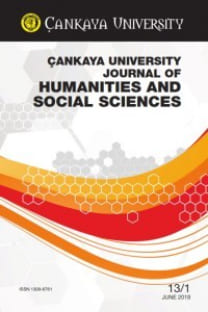Postmodern Structures in Lost in the Funhouse by John Barth
Postmodern, Structures, Lost
Postmodern Structures in Last in the Funhouse by John Barth
-,
___
- Bakhtin, M.M. (1981). The Dialogic Imagination, (USA: University of Texas Press).
- Barth, John. (1980). Lost in the Funhouse: Fiction for Print, Tape, Live Voice. (LF), (New York: Bantam Books).
- Barthes, Roland. (1978). Image, Music, Text, Farrar, Straus and Giroux.
- Bertens, Hans. (1997). International Postmodernism, (John Benjamins Publishing Company).
- Derrida, Jacques. (1966). “Structure, Sign, and Play in the Discourse of the Human Sciences,” [translated and published by A. Bass] Writing and Difference, (Chicago: University of Chicago Press).
- Joseph, Gerhard. (1970) John Barth - American Writers 91: University of Minnesota Pamphlets on American Writers 91 (Minesota: University of Minnesota Press).
- Kurtzleben, James. (2000) Reader’s Companion to the Short Story in English, (Greenwood Publishing Group).
- John Barth, Lost in the Funhouse, p.94.
- ISSN: 1309-6761
- Yayın Aralığı: Yılda 2 Sayı
- Başlangıç: 2004
- Yayıncı: Çankaya Üniversitesi
The L2 Production of English Comparative Structures: More Support for L2 Developmental Changes
Çeviri Amaçlı Söylem Çözümlemesi Bağlamında Hamlet
Self-Reflexive Metafictional Games in The Life and Opinions of Tristram Shandy
Writing Down the War: The Child's Perspective
The Self-Revelatory Tendencies of The Pardoner in the Canterbury Tales
Reading Through Pictures: The Lion, the Witch and the Wardrobe
